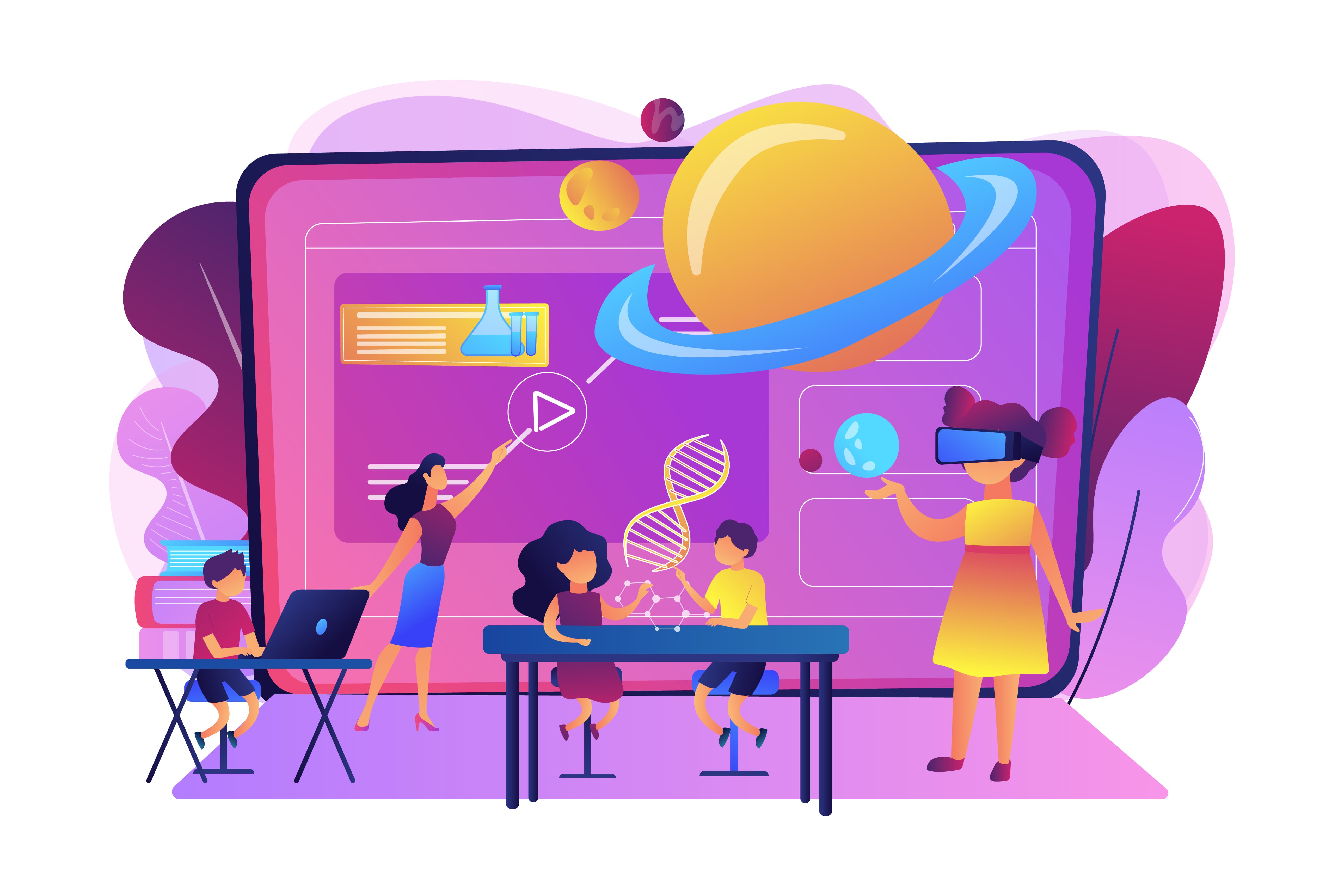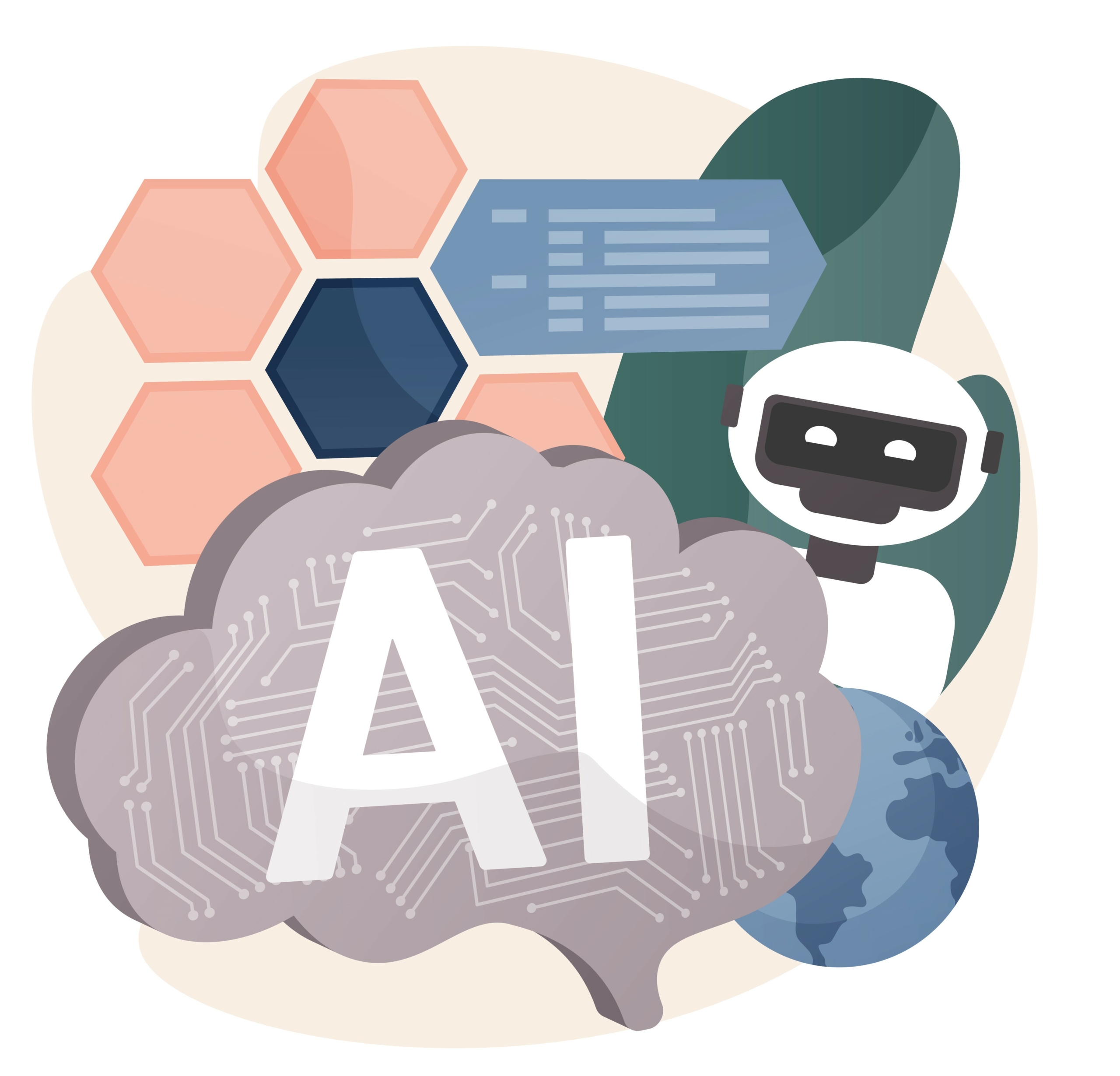In the US, DeVry University has upgraded its student support system by deploying Salesforce Agentforce 360, aiming to offer faster and more personalised assistance to its 32,000 learners.
The new AI agents provide round-the-clock support for DeVryPro, the university’s online learning programme, ensuring students receive timely guidance.
The platform also simplifies course enrolment through a self-service website, allowing learners to manage enrolment and payments efficiently. Real-time guidance replaces the previous chatbot, helping students access course information and support outside regular hours.
With Data 360 integrating information from multiple systems, DeVry can deliver personalised recommendations while automating time-consuming tasks such as weekly onboarding.
Advisors can now focus on building stronger connections with students and supporting the development of workforce skills.
University leaders emphasise that these advancements reflect a commitment to preparing learners for an AI-driven workforce, combining innovative technology with personalised academic experiences. The initiative positions DeVry as a leader in integrating AI into higher education.
Would you like to learn more about AI, tech, and digital diplomacy? If so, ask our Diplo chatbot!










